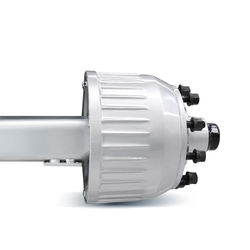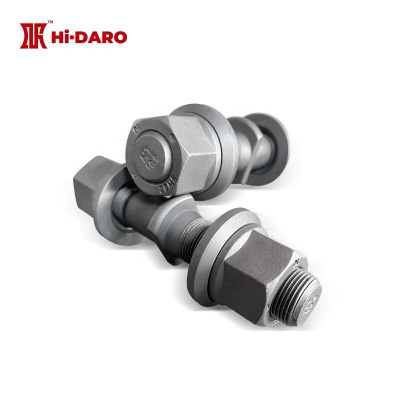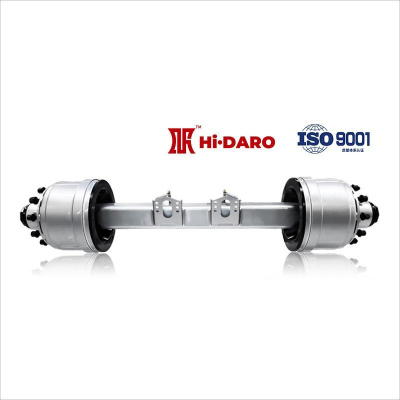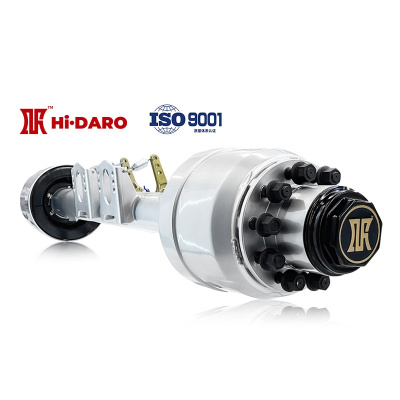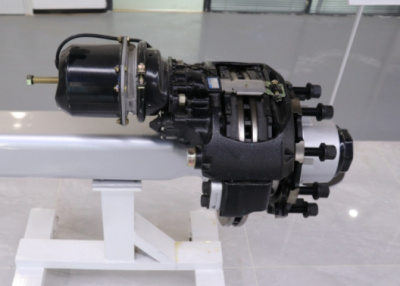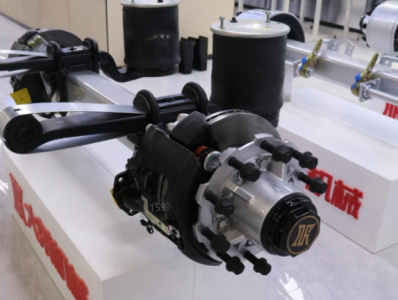Summer Maintenance of Darong Axle Trailer Complete Guide
As the saying goes, vehicles are repaired in three parts and maintained in seven parts. Especially for freight vehicles, their application conditions are more complex, and they are more prone to malfunctions such as tire blowouts, spontaneous combustion, and water tank boiling in summer. Today, XX has compiled a comprehensive summer car maintenance guide for everyone, which is simple and easy to learn.
1. Tire pressure inspection
In summer, in order to ensure vehicle driving safety, it is necessary to regularly check tire pressure and control it within a reasonable range. Excessive or insufficient tire pressure can easily lead to tire blowouts.
2. Monitoring water tank temperature
Once the temperature of the summer water tank exceeds 95 ℃, it is necessary to stop the vehicle in a timely manner and open the engine hood for ventilation and heat dissipation. Be careful not to turn off the engine directly at this time. Let the engine idle and cool down before turning it off.
3. Vehicle fluid
Both engine oil and lubricating oil should be replaced with products with viscosity suitable for summer use as much as possible.
In general, the coolant of a vehicle needs to be replaced once a year. If the coolant is insufficient, wait until the engine temperature drops before adding it to avoid burns. Also, do not use water as a substitute for coolant.
4. Car paint maintenance
Summer rainwater can easily accumulate on the underside of the vehicle, causing rust. It is best to clean it up in a timely manner. In addition, do not wash the car immediately when the body temperature is too high in summer, otherwise it may affect the adhesion of the paint surface.
5. Maintaining the ignition system
If the ignition system is difficult to start on rainy days due to moisture, you can first use a dry tissue or cloth to wipe the inside and outside of the distribution panel and the wires dry, then spray desiccant on the cover of the distribution panel, battery connectors, spark plugs, high-voltage wires, and ignition coils. Wait for a moment to start the engine.
6. Take cooling measures for the braking system
Timely install auxiliary braking devices such as sprinkler devices or hydraulic retarders. At the same time, try to choose low-speed gear for downhill driving, or use engine torque and exhaust braking to achieve slow downhill driving, to avoid prolonged braking that may cause overheating and fire at the wheel ends.
7. Pay attention to shaft maintenance
It is recommended that car owners inspect and maintain all axle heads during the period of vehicle shutdown, such as the thickness of brake pads, the wear of bearing balls, the condition of lubricating grease, and whether fasteners are loose. After all, the structure of wheel end axle heads is complex, and any small problem in any link can cause irreversible consequences.
